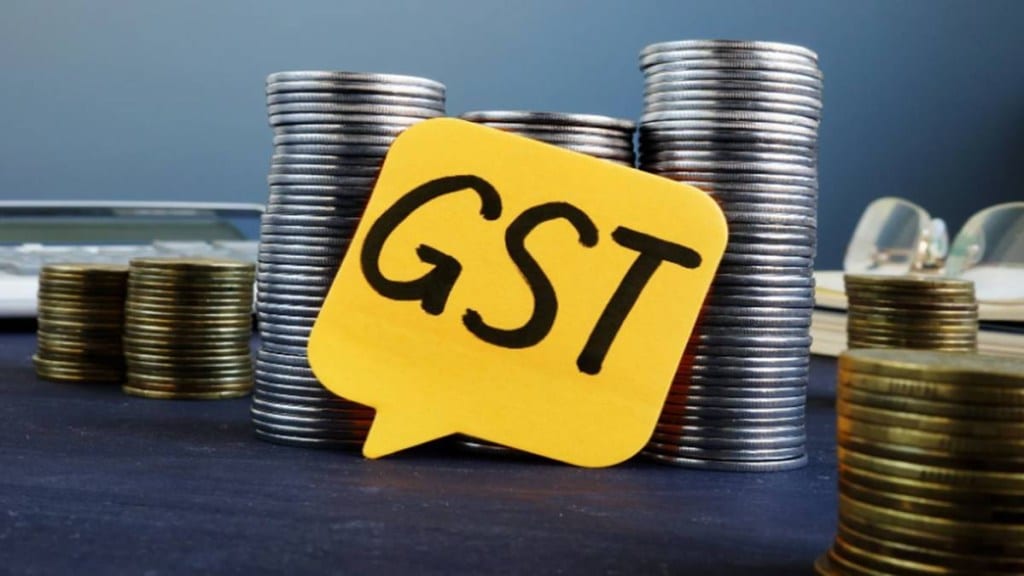By KJ Joseph & Kiran Kumar Kakarlapudi
With the goods and services tax reforms (GST 2.0) having been rolled out as a Diwali gift, the moot question is, how does it affect the tax revenue, especially of the states? It is generally understood that our tax base is at least 7% below its potential. While the reforms cannot be delinked from the plausible adverse effect of Donald Trump’s tariffs, their effect on consumer prices and the stimulatory effect on domestic demand and GDP growth also deserve careful scrutiny.
It was with great expectations, including those of an expanded tax base and enhanced GDP growth, that the India-specific GST paradigm was implemented. Even after discounting the price paid for its hasty implementation, much has been accomplished—India is now a common market and taxpaying is not too taxing for businesses.
Following the economic recovery after the Covid-19 pandemic, average monthly revenues touched `1.7-1.8 lakh crore in 2024-25, marking a considerable improvement compared to the pre-GST era. But growth has been driven more by cyclical recovery and compliance improvements than by a widening tax base. A comparative analysis shows that while the collection improved in absolute terms, the tax-GDP ratio is yet to cross the pre-GST levels.
States’ Revenue Neutrality at Risk
Issues also persist with the functioning of the institutional architecture created for the governance of the GST system. States argue that they have not reaped proportional benefits. The anticipated surge in compliance, despite digital filing and e-invoicing, has not materialised at the scale promised. Multiple slabs as well as exemptions and cesses have created disputes, uncertainty, and administrative friction. The very idea of GST as a “good and simple tax” still remains elusive.
The core concern for the states is revenue neutrality. When GST was introduced, the rates were fixed to ensure a revenue-neutral rate of about 15% with an expected GST growth of 14%. The GST Compensation Act assured 14% annual growth in revenue for five years, but evidence suggests that with the earlier rate rationalisation, the net effective GST rates declined from 14.6% to 11.6%, leading to the loss of revenue neutrality. Many states still find it difficult to maintain double-digit growth even after eight years.
Given that the states have already suffered due to loss of revenue neutrality, the reform is likely hinder further reduction in effective GST rates.
The revenue impact of the reform is likely to vary across states, given the heterogeneity in demand structure. According to finance ministry estimates, in FY24 GST revenues were roughly split as follows: 6-8% in the 5% slab; 5-6% in 12%; 70-75% in 18%, and 13-15% in the 28% bracket. Gulati Institute of Finance and Taxation (GIFT) estimates, based on the e-way bill data for two years, show that revenue loss for Kerala alone would be about Rs 8,000 crore. Sadly, relevant data is not available for making precise estimates for informed policy-making.
Cooperative Federalism and Data Gaps
In India, GST is not merely a tax; it is a compact of fiscal federal cooperation. If GST 2.0 is to succeed, reforms, by design, should strengthen cooperative federalism by ensuring revenue neutrality for states. Since rate restructuring directly affects state revenues, a common fund in sync with the GST compensation shall be created to ensure revenue neutrality is maintained to cushion the states during the transition. This calls for further empowering the GST Council to act as a truly federal body, where decisions reflect consensus.
It is premised that rate restricting would lead to reduced prices, stimulated demand, and higher GDP growth. It is also to be seen as a means of empowering the domestic market to address the adverse impact of the penal tariffs by the US administration on Indian exports. The realisation of these highly desirable outcomes, however, is contingent on the extent of competition in the domestic market such that the reduction in tax rates get translated into lower prices. A study by GIFT on the 2017 2017 rate reduction (from 28% to 18%) did not show any evidence of price decline, given the market power of the sellers who are price makers, not price takers. For the reform to deliver the desired outcomes, the anti-profiteering provisions of the Act must be invoked.
India’s GST is at a crossroads. The reforms in the making are in the desired direction and long overdue. However, one could be apprehensive about the outcome of rate rationalisation as it could turn out to be a double-edged sword. If the rate rationalisation works towards further reduction in the tax base, neither the Union nor the states could afford to weather its adverse effect on the revenue receipts. If the rate reduction fails to translate into declining prices, neither the demand base nor the GDP growth would result in any desired outcomes.
These legitimate concerns are an offshoot of the hasty decision-making, involving a repeat of 2017, allegedly sidelining the GST Council. It is rather surprising that the highly valuable high-frequency data generated from the GST Network, presumably the world’s largest Information Technology for Development (IT4D) project, continues to be beyond the reach of researchers. This, in turn, has the highly undesirable outcome of depriving the country of an avenue for informed policymaking. It is high time to recognise that a carefully designed second-generation GST reform backed by research alone can deliver the “good and simple tax”.
The writers are respectively director and professor, Gulati Institute of Finance and Taxation (GIFT).
Disclaimer: Views expressed are personal and do not reflect the official position or policy of FinancialExpress.com. Reproducing this content without permission is prohibited.

